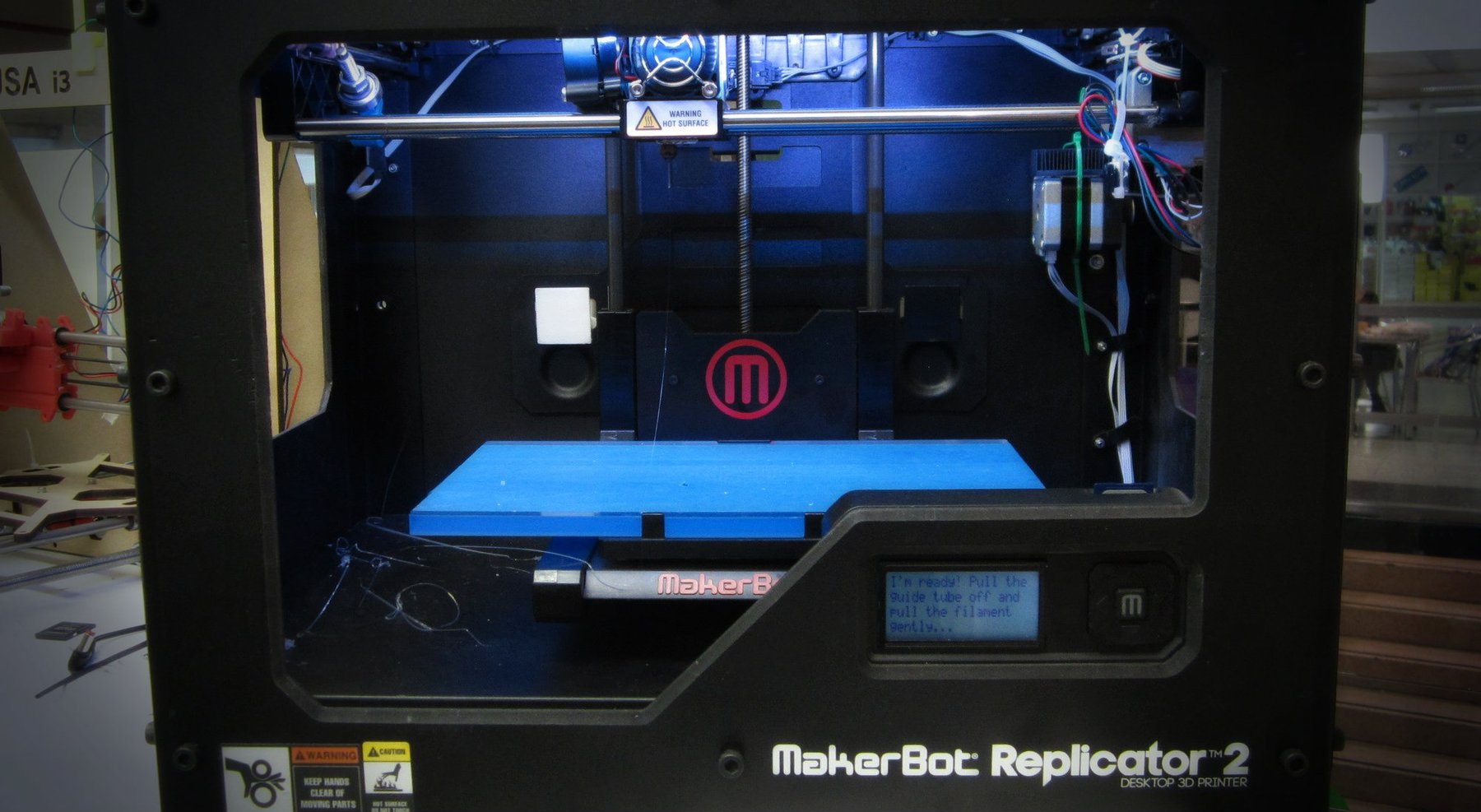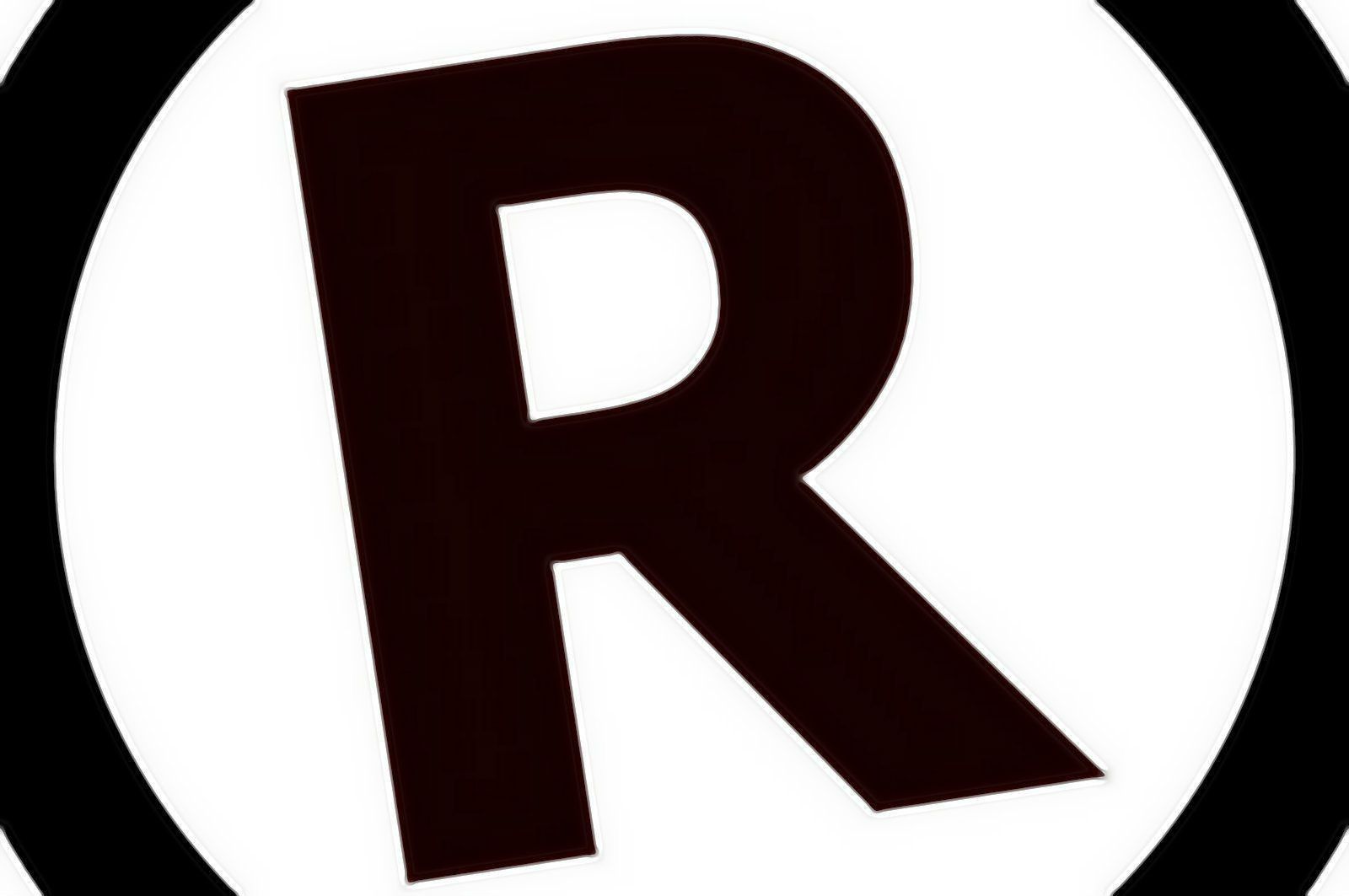3D Printing Stores and Labs in Berlin
The idea of accessibility is being used in Berlin because it is believed that everyone should have the ability to become a maker and have access to 3D files, 3D printers, and 3D modeling software. Platforms, such as Thingivers; software, such as Meshmixer; and 3D printers are now available for affordable prices. As a matter of fact, there have been a growth spurt in this accessibility over the previous years. Places like universities have this technology available within their facilities, so that students can develop and research in their fields. Recently, the Technical University of Berlin (TU), for instance, has taken it a step further by making the accessibility of additive manufacturing by opening a student run “3D Printing Repair Café”. This past April, the 3D Printing Repair Café celebrated its opening by providing students and even non-students with a space to try out the 3D printing technology. They can do this whether need a creative design model, a spare bicycle part, or just a custom made gift. Also, the space consists of Ultimaker brand …




